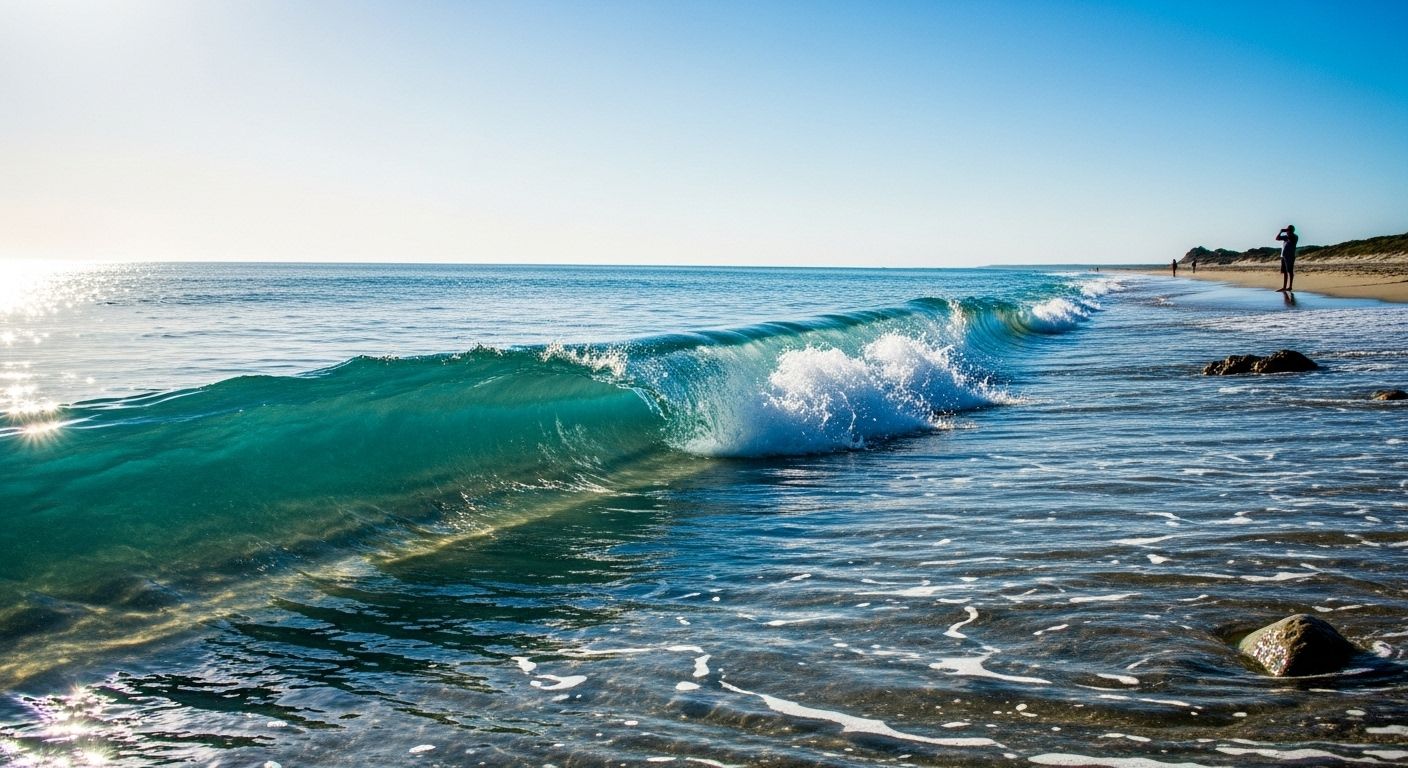
Waves and Their Properties is a dynamic physics module that explores the essential role waves play in transmitting energy across space and matter. From the gentle ripple of water to the invisible pulse of Wi-Fi signals, waves are everywhere—shaping how we hear, see, communicate, and interact with the world.
This lesson introduces the core principles of wave behavior, types of waves, and the characteristics that define them. Whether you’re a student, educator, or curious explorer, this course offers a clear and engaging journey into the science of waves.
🌊 By the end of this lesson, you’ll be able to:
This lesson is ideal for students beginning their study of physics, educators teaching wave mechanics, and anyone curious about how energy moves through the world.